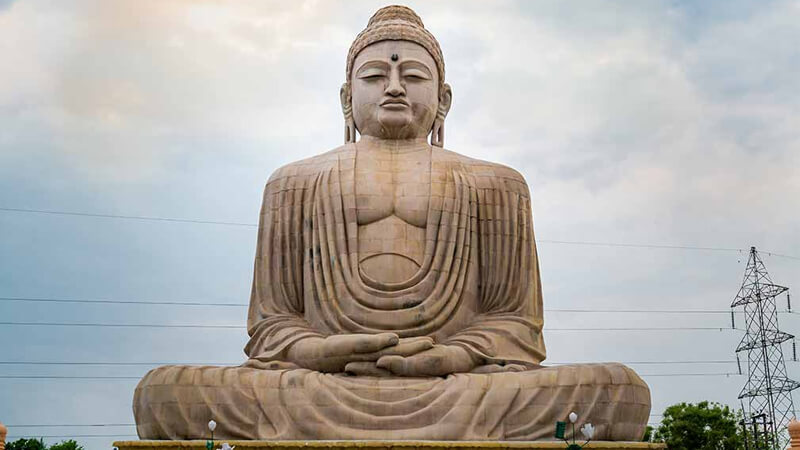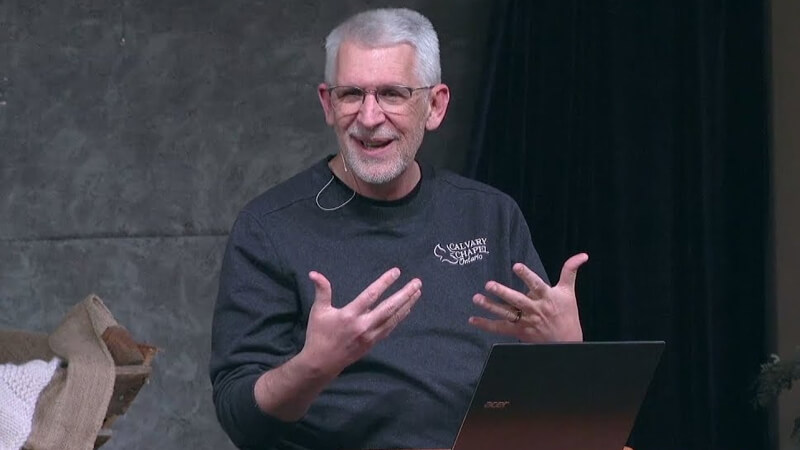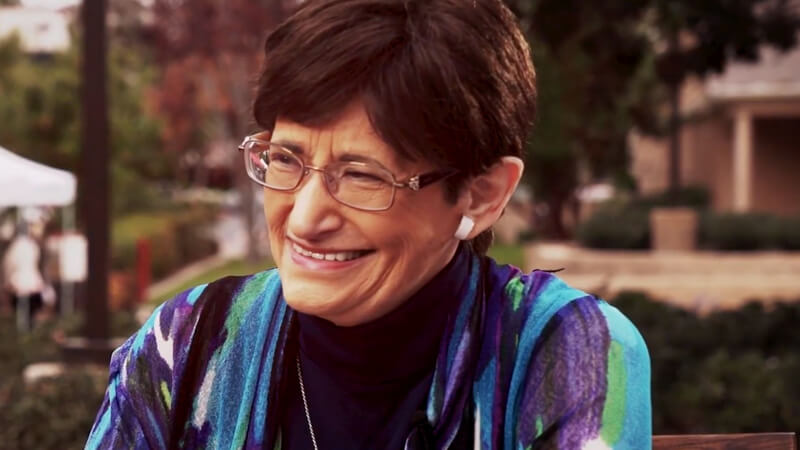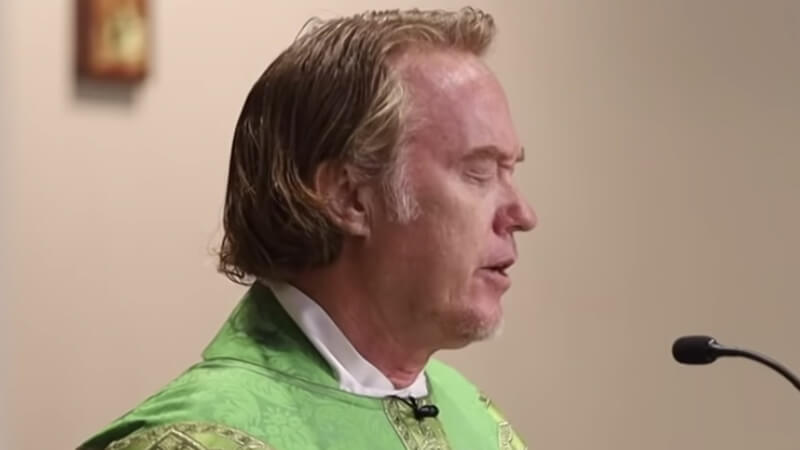Biography of Gautama Buddha:- Throughout the centuries, the image of Buddha has been represented so many times that even in the West his effigy is as familiar as any other artistic object.
We often see him sitting meditatively on his legs, with a protuberance more or less protruding on the cusp of the skull and a hairy mole between his eyebrows covered by a vaporous priestly cloak and aura face his face for serenity and sweetness.
There is something, however, that sometimes surprises: in order to be an ascetic who has renounced the pleasures of the world and who knows human miseries thoroughly, in certain representations he seems excessively well fed and overly satisfied.
Biography of Gautama Buddha
- Born:- Lumbini, Nepal
- Died:- Kushinagar, India
- Full Name:- Siddhartha Gautama
- Parents:- Śuddhodana, Maya
- Books:- The Dhammapada: Buddhist Philosophy
It is a common belief to consider that the saints lived a hermit-like life of struggle and sacrifice in search of inner peace, and so it was in India that the Buddha knew about five hundred years before Christ.
See Also: Biography of Sri Aurobindo
The idea of purification through suffering was usual among mature or elderly men, horrified and confused by the perversity of their contemporaries.
Often they left their families and took refuge in the mountains, covered in rags and with a wooden bowl as sole possession, which they used to beg for food.
Before becoming Buddha, which means “the Enlightened One,” Siddhartha Gautama also practiced these bodily disciplines selflessly, but soon proved to be useless.
A Prince’s life
Siddharta Gautama was probably born in 558 BC in Kapilavastu, a walled city of the kingdom of Sakya in the southern Himalayan region of India.
Also known by the name of Sakyamuni (“Sage of Sakya”), Siddharta was the son of Suddhodana, king of Sakya, and of the Mayan Queen, who came from a powerful family of the kingdom.
According to tradition, Siddharta was born in the gardens of Lumbini, when his mother went to visit his own family. The Maya queen died seven days after giving birth and the newborn was raised by her maternal aunt Mahaprajapati.
Siddharta grew up surrounded by luxury: he had three palaces, one of winter, one of summer, and a third for the season of rains. In them he enjoyed the presence of numerous maidens, dancers and musicians.
He wore silk underwear and a servant accompanied him with a parasol. He is described as a boy of slender constitution, very delicate and with a careful education.
From his years of study, possibly led by two Brahmins, it is only known that he astonished his teachers for their rapid progress, both in letters and in mathematics.
Much has been said of the sensitive character of Buddha; but being the son of a king and aspirant to the throne, he must have been educated also in the martial arts and in all those disciplines necessary for a monarch.
However, the Sakya kingdom was barely a principality of the kingdom of Kosala, on which it depended.
Siddharta married his cousin Yasodhara when he was about sixteen, according to some sources, or nineteen or perhaps more, according to others. In some legends it is said that it conquered in a test of arms fighting against several rivals.
Nothing is known of this marriage except that he had a son named Rahula who would become many years later one of his chief disciples.
The fact of having a male child as a continuator of the dynasty would have facilitated the renunciation of his rights and his consecration to the religious life.
Siddhartha’s life was spent most of the time in the royal palace under parental protection. According to tradition, during his furtive exits to the city, in which he was accompanied by a coachman, the so-called “four encounters” took place.
Once upon a time he went out through the eastern gate of the palace, he met an old man; On another occasion that he went out through the southern gate, he saw a sick man.
When he made it through the western gate, he saw a corpse, and one day, as he crossed the northern gate, he met a mendicant religious.
Old age, disease, and death indicated the suffering inherent in human life; the religious, the need to find a meaning. This would lead him to leave behind the walls of the palace in which he had developed most of his life.
At twenty-nine, Siddhartha left his family. He did it at night, riding on his steed Kanthaka and with his servant Chantaka. His goal was Magadha, a flourishing southern state, where cultural and philosophical changes were taking place.
It is possible that he also chose that kingdom, about ten days’ journey from Kapilavastu, to avoid the possibility of his father demanding that he be repatriated.
Once he had traveled the road, he cut off his hair, stripped himself of his jewels and garnishes, and gave them to his servant to return them to his family with the message that he would not return until he had reached the illumination.
The rest of the way he did as a mendicant, a practice, on the other hand, very well regarded in India at the time. It was also customary for mature men with philosophical inclinations to enter the forest to seek the truth. The singular thing was that he did it at such an early age.
In search of meaning
Once in Rajagaha, capital of Magadha, the young beggar caught the attention of the mighty King Bimbisara. The king, accompanied by his entourage, went to visit him to Mount Pandava, where he practiced meditation and asceticism.
According to tradition, the monarch offered him all the wealth he desired in return for agreeing to take command of his battalions of elephants and his elite troops. Siddhartha informed the king of his noble origin and the purpose of his stay in Rajagaha.
King Bimbisara did not reiterate the proposal. He begged only to be the first to know the truth reached if he came to enlightenment.
Siddharta followed the teachings of two yoga teachers, Alara Kalama and Uddaka Ramaputa. The first, followed by three hundred disciples, had reached the stage “where nothing exists”.
It is believed that her hermitage was in Vaishi. Siddharta soon attained the same stage and persuaded himself of the insufficiency of these teachings to free humanity from its sufferings. Uddaka Ramaputa had six hundred disciples and lived near Rajagaha. Nor did his teachings fill Siddhartha’s zeal.
He then left for Sena, a village by the river Nairanjana, a meeting place for ascetics. These practices were perfectly regulated: they included mind control, breath-holding, total fasting, and a very severe diet, all of them painful and painful disciplines.
From the accounts it is known that Siddhartha did not bow to his harshness and that, on occasion, those around him believed that he had died.
In those days the advanced students practiced fasting of up to two months, and it is known that nine disciples of Nigantha Nataputta, founder of Jainism, were left to starve to achieve final liberation.
After years of austerities and mortifications that did not procure the enlightenment to him, Siddharta resolved to abandon the asceticism, receiving, by the passage given, the critics of its five companions.
To begin with, he bathed in the river Nairanjana to get rid of the dirt he had accumulated in the course of the long process followed. Apparently he was so weak that he could barely get out of the water.
He regained his strength thanks to the food offered by a girl named Sajata. According to different legends, this young woman was daughter of the head of the village of Sena.
The food he gave the ascetic was a rice soup boiled in milk. Shortly thereafter, already restored, Siddhartha would attain enlightenment.
According to all indications, this would have occurred in the city of Gaya, near Sena. Later BodhGaya city would be called, and in her would raise a temple in honor of Buddha.
Siddharta spent long hours meditating in the shadow of a sacred fig tree that would later be called Bodhi or “Tree of Enlightenment.” According to the legends, Gautama sat down one day under the fig tree and said, “I will not move from here until I know.”
The evil god Mara, understanding the gravity and the danger that contained such a challenge, sent him a cascade of temptations, the most important in the form of a trio of libidinal odalisques who hysterically waved their bellies before the bowed head of Siddhartha.
When he lifted his eyes to them, the glitter of his gaze turned them into awkward old women of disgusting appearance.
At nightfall he went into a trance, and the light came to his aid, allowing him to see with radiant clarity the whole intricate chain of causes and effects that regulate life, and the way to attain salvation and glory.
In the so-called first vigil of the night he was given the knowledge of his previous existences. In the second it was provided with the third eye or divine vision.
At dawn dawned on the omniscient knowledge and the entire system of the ten thousand worlds was illuminated. He awoke drunk to know.
Siddhartha had understood that human suffering is intimately bound up with the nature of existence, the fact of being born, and that to escape the wheel of reincarnations it was necessary to overcome ignorance and to dispense with passions and desires. Charity was a way of desiring the salvation of all men and of self.
In the first moments he had his doubts as to whether he should preach the truth he had attained. His first sermon took place at the end of a month in Sarnath, near Benares, where his five former companions resided.
Apparently, they received him very coldly, and Siddhartha rebuked them for the ways they had to address an enlightened one. Finally, the five formed the initial nucleus of a sect that, given the simplicity of the new message, grew rapidly.
The disciple number six was Yasa, son of a rich merchant of Benares; Dissatisfied with his sensual and luxurious life, his life had a certain parallel with that of Siddhartha himself. Through Yasa became all his family.
When he considered that his disciples were properly prepared, he commanded them to preach the new truth throughout India. They must go alone, and Siddhartha returned to Uruvela. Among his most important and influential followers was King Bimbisara, who donated to Buddha and his followers a plot of land (the “Bamboo Forest”) to serve as a refuge.
However, the disciples spent most of the time begging and preaching, and only returned to the estate during the rainy season.
Buddha continued preaching for forty-five years. He visited his hometown several times and crossed the valley of the Ganges, rising every day at dawn and traveling between twenty-five and twenty miles a day, teaching generously all men without expecting any reward or distinction.
He was not an agitator and was never bothered by the Brahmins, whom he opposed, or by any ruler. The people, attracted by his fame and persuaded of his sanctity, went out to greet him, crowded in his path and sowed his way to flowers.
One of the most famous conversions was that of his cousin Devadatta, an ambitious man who detested him so much as to devise a plan to end his life. Confabulated with a few henchmen, and knowing that Buddha would pass through a gorge, he stood on top of it by a half-detached rock.
At the precise moment when Buddha passed beneath, the great stone was moved and fell with a crash.Screams were heard and feared for the life of the master, but Buddha emerged free from the dust, with his beatific smile on his lips.
In the last years of his life, Siddharta suffered severe setbacks. King Bimbisara was dethroned by his own son and the throne of the Sakyans was usurped by Vidudabha, son of King Pasenadi, also protector of Buddhism.
It seems that he tried to return to his hometown when he died. He was eighty-one years old and very weak, but he continued to preach his doctrine to the last moments.
From the descriptions made of the infectious disease he contracted, it is believed that the ultimate cause of his death, which occurred in the city of Kusinagara, may have been dysentery. His body was cremated seven days after his death and his ashes spread among his followers.
The asceticism of the Buddha came from the ancient religions, but it is clear that his purpose was not to reassure his fellow men by introducing them to a new deity or renewing previous rites, but to make each one aware of his radical solitude and teach him to fight against the evils of existence.
By replacing liturgies and sacrifices with the contemplation of the world, Buddha gave supreme importance to something very similar to individual and private prayer, valuing above all meditation, extolling the recollection and placing the heart of man in the center of the Universe.
Another cause of its success was undoubtedly its amazing tolerance. There is no Buddhist dogma, and therefore no Buddhist is persecuted as a heretic.
As we look back, between centuries of violence and fanaticism, the most striking thing about Buddha is the serene appeal to reason and experience of every man: “Do not believe anything because they teach you the written testimony of a Old wise, do not believe in anything because it comes from the authority of teachers and priests, anything that agrees with your own experiences and that after an arduous investigation manifests itself according to your reason and leads to your own good and To all living things, accept it as the truth and live according to it. “




